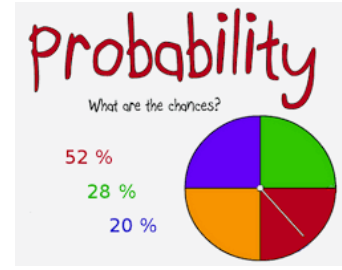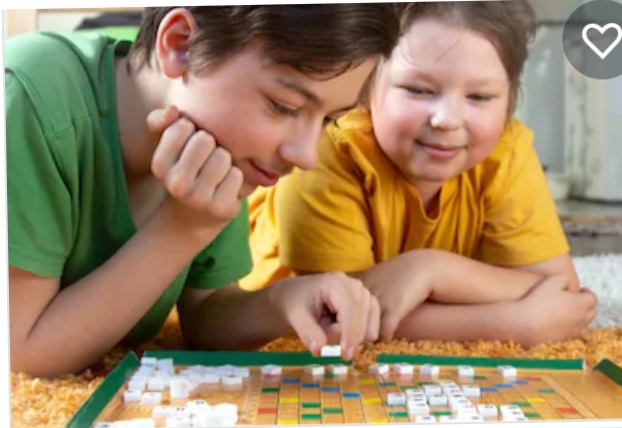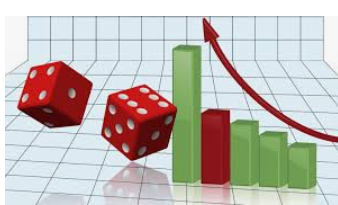Probability – confusions
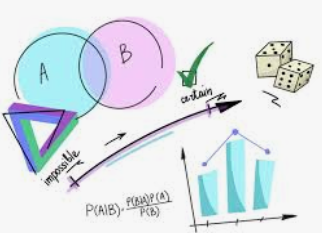
Introduction
Probability is that part of mathematics which gives a precise meaning to the idea of uncertainty. In our daily life, we often hear sentences like “probably it will rain tomorrow “or “it will probably be a hot day today “, etc. All these sentences show a certain degree of uncertainty or probability of happening of an event.
In the statement “probably it Will not rain tomorrow the rain may happen or may not happen .In the second sentence above, today may be a hot day or it may be a cold day. The probability does not tell us how likely an event is to occur. We often make prediction about the chances of an happening.
There are some chance event happening as Even Chance, Good Chance, poor chance, No chance, Certain Chance, etc.
Example. .
Let us toss a set of three identical coins. Let us find the probability of exactly two of the coins show tail. Here, more than one events is considered at a time. The possible outcomes of the three coins are specified first. The possible outcomes are HHH, THH, HTH, HHT, TTH, THT, HTT, TTT, where the first second and third letters represent the outcome of the first, second and third coins respectively. Thus, the total number of outcomes is 8. Now the outcomes having two tails are TTH, THT and HTT, therefore probability of getting two tails is given by
P = Numbers of outcomes /Numbers. Of possible outcomes
= 3/8
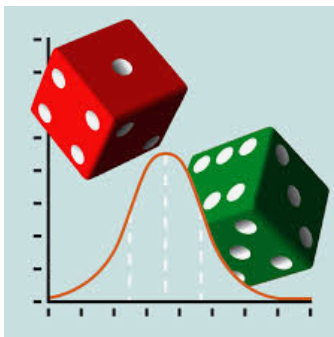
Question . The products of two 2-digit natural number is 1938. If the product of their unit digit is 28 and that of their tens digit is 15, find the numbers.
Solution .
Let the number be 10a + b and 10c + d respectively.
Now the product of their unit digit is 28. Thus bd = 28.
Thus, The possible number are 4 and 7.
